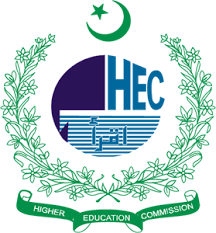The Interplay between Principal’s Instructional Leadership and Teachers’ Professional Development
DOI:
https://doi.org/10.59075/jssa.v2i2.41Keywords:
Instructional leadership, professional development, school principalsAbstract
This study examines the relationship between instructional leadership of school principals with teachers’ professional development. A quantitative correlational research approach was adopted to collect data from 959 secondary school teachers using a survey technique in four districts of Malakand division, KP. The primary objective was to quantify the relationship between principals’ instructional leadership (PIL) and its three dimensions (defining the school mission (DSM), managing instructional programs (MIP), and developing the school learning climate (DSLC)) and teachers’ professional development (TPD). The data was analyzed using statistical tools, including linear and multiple regression techniques. The findings revealed principals’ instructional leadership’s positive and robust impact on teachers’ professional development. The analysis also unveiled that each sub-construct of principals’ instructional leadership DSM, MIP, and DSLC contributes to teachers’ professional development. The findings suggest that PIL and its dimensions are theoretical constructs and critical factors in shaping TPD. The results have significant implications for educational practices and policy development. By understanding the distinct contributions of DSM, MIP, and DSL, targeted interventions can be designed that leverage these sub-constructs to improve educational outcomes practically and effectively.
Downloads
Published
How to Cite
Issue
Section
License
Copyright (c) 2024 Journal for Social Science Archives

This work is licensed under a Creative Commons Attribution 4.0 International License.



